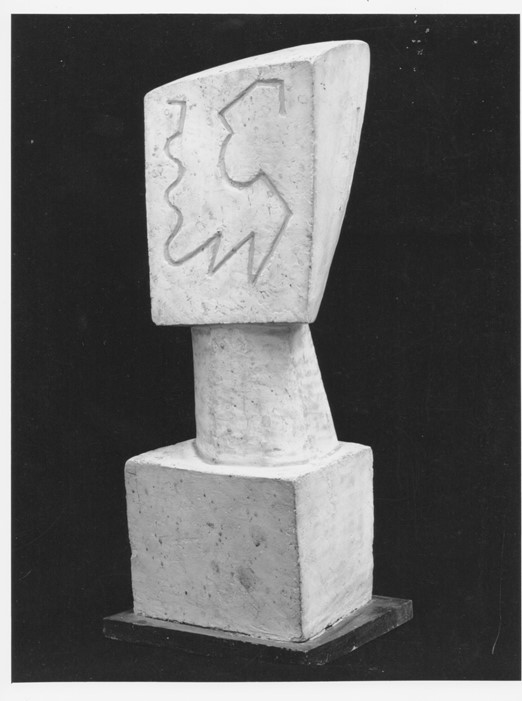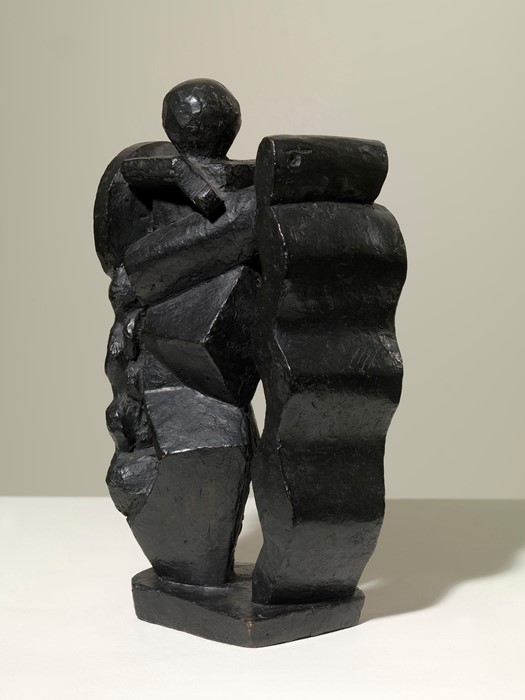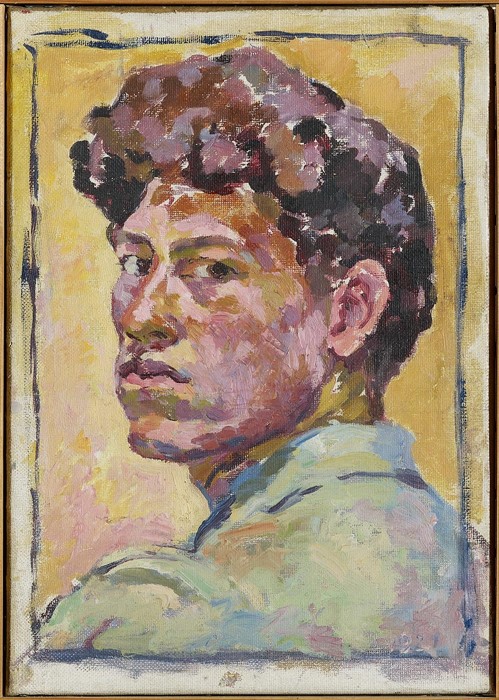
Alberto Giacometti (1901–1966) was a tireless visionary. This means that he was a man obsessed with material and metaphorical presence, as well as the connection between them. His artistic legacy represents the existentialism of the 20th century. They would seem to be meaningless. But at the same time they are filled with the fragility of life.
His characters, through their lack of physicality, speak of a presence that exists in a space between artwork and audience, creating a haunting yet ethereal atmosphere. Today we want to tell you ten facts about Alberto Giacometti that will help explain his brilliant vision.

His closest associate was his brother. Alberto Giacometti’s younger brother Diego lived next door to him. He worked as his studio assistant. His brother was the subject of his first and last portraits.
Alberto Giacometti was inspired by the artistic principles of Ancient Egypt. After travelling Paris and Rome, Giacometti became aware of the great art of the lost empire. Ancient Egyptian sculpture was the first to emerge from a rigid frontal pose, suggesting forward movement.
His catalogue texts were written by the famed French philosopher Jean-Paul Sartre. They met in 1939. The young Sartre approached the artist while he was drinking alone at the Café de Flore in Paris and asked him to pay the bill as he had no money with him. Alberto Giacometti and Jean-Paul Sartre became good friends.
Alberto Giacometti created a never-used set for Waiting for Godot. He was good friends with the absurdist Irish writer Samuel Beckett. The writer asked him to design a sculpture of a tree to be placed on the stage of his upcoming show at the Odeon Theatre in Paris.
His approach was inspired by one model. In the winter of 1920, Alberto Giacometti began sculpting a friend he was staying with. And six months later, when she was sitting at work, he suddenly realized the complete gap between what he saw and what he could do.

During the Second World War Alberto Giacometti smuggled tiny sculptures in matchboxes. While the artist was in Geneva, the scarcity of materials, coupled with a new attitude towards the absurdity of the human condition, Giacometti’s work turned into an unsettling search for meaning. His tiny sculpture art was smuggled to his colleagues in Paris in matchboxes to avoid being discovered.
One of the first guests at his debut solo show was Picasso. In 1932, Giacometti opened a show of his surrealist works in Paris. Picasso was one of the first who visited the event. And the two became life-long friends. Now they are considered the two most important European avant-garde artists of the 20th century.
The Swiss surrealist sculptor made what he saw. Alberto Giacometti said that he sculpted what he physically saw when looking at people. He created his own, unique view of reality, where everyone is as thin as the blade of a knife.
In 1958, Alberto Giacometti was commissioned to make a work for a bank in New York. However at this time he had never been to New York, or even a metropolitan landscape, and the more he discovered about the city, the less eager he became.
























